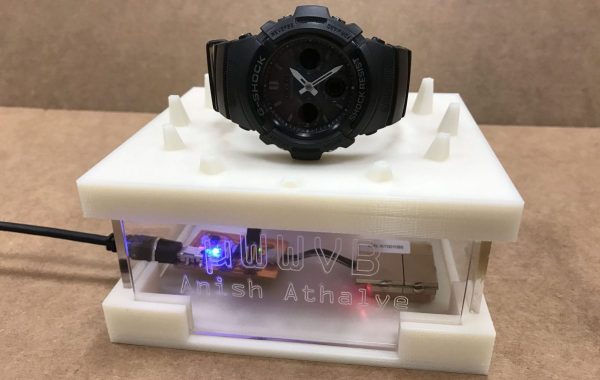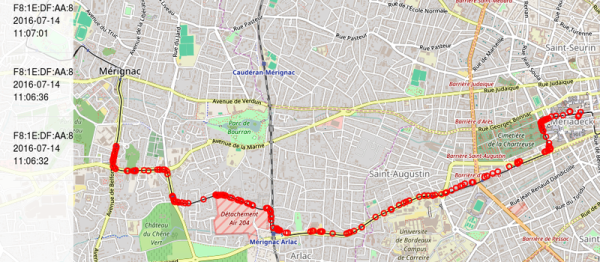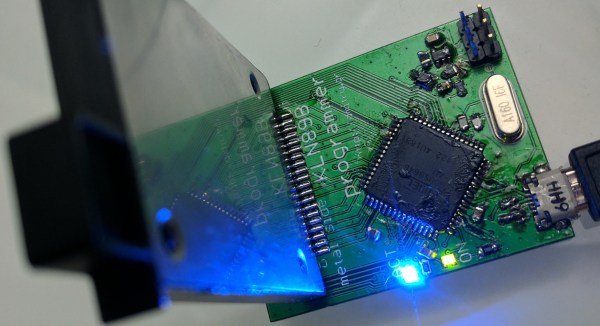Proper documentation is important, and when traveling it is commonly achieved via photography. Redundant documentation is often inefficient, and the Camera Restricta — in a commentary on the saturation of photographed landmarks and a recent debate on photographic censorship in the EU — aims to challenge the photographer into taking unique photographs.
Camera Restricta has a 3D-printed body, housing a smartphone for gps data, display and audio output, while an ATTiny85 serves to control the interdicting function of the camera. When the user sets up to take a picture using Camera Restricta, an app running on the phone queries a node.js server that trawls Flikr and Panoramio for geotagged photos of the local area. From that information, the camera outputs a clicking audio relative to the number of photos taken and — if there are over a certain number of pictures of the area — the screen trips a photocell connected to the ATTiny 85 board, retracting the shutter button and locking down the viewfinder until you find a more original subject to photograph.
Continue reading “Camera Restricta Ensures Original Photography”
















